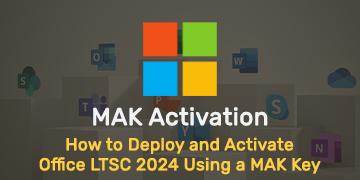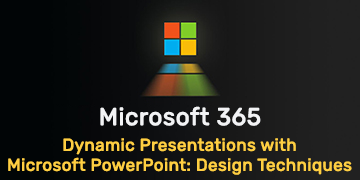Home » What’s the difference between OEM, Retail, MSDN and Volume Licenses?
What’s the difference between OEM, Retail, MSDN and Volume Licenses?
When it comes to obtaining licenses, there are a variety of options available. Retail, OEM (Original Equipment Manufacturer), MSDN (Microsoft Software Developer Network) and Volume Licensing are the four types of licensing. So, what are the main distinctions between the channels, and how do they affect your license rights? Because the usage rights you acquire with the software are what distinguishes the channels the most.
Retail License
Retail licenses provide a quick and convenient way for customers requiring less than five licenses to purchase their software. Licenses sold through Retail are either full licenses or upgrade licenses. A full license does not require any pre-existing versions of the software to be on the machine it is installed on, whereas an upgrade license allow you to cost effectively upgrade to a newer version of software that you are already licensed for.
How to activate using a Retail license key?
By phone key
It can be used for 1 activation, that means it will bind to your computer. When you format your computer you can’t use it again. and it can be activated only by phone to get the confirmation ID. You can find our simple solution to activate it in this post.
Online key
It can be used for 1 activation, that means it will bind to your computer. When you format your computer you can’t use it again. but you needn’t the confirmation ID you can activate it simply by adding the license key.
Binding Key (via office portal)
This key binds to your Microsoft account so it can be reused again and again by connecting Office with your Microsoft account.
OEM license
OEM license (Original Equipment Manufacturer) refers to the license that a manufacturer installs on new devices. If this is your case, the product key isn’t transferable, and you can’t use it to activate another installation. (Unless you’re re-activating a new installation on the same computer.)
MSDN License
They are genuine Microsoft product keys, they are actually retail licenses, but it is intended for a particular product channel either the Microsoft Software Developer Network (MSDN) or TechNet for IT Professionals who pay a subscription fee.
Volume License
The fourth channel you may purchase software through is Volume Licensing. There are a number of volume licensing agreements you can purchase through and these agreements have been tailored to suit the differing requirements of all sizes and types of organization.
MAK – Multiple Activation Key
A Multiple Activation Key (MAK) activates systems on a one-time basis, using Microsoft’s hosted activation services (which requires connection with a Microsoft activation server). Once computers are activated, no further communication with Microsoft is required.
How to activate using a Multiple Activation Key
MAK Independent Activation: Each computer individually connects to Microsoft via the web or telephone to complete activation.
MAK Proxy Activation: One centralized activation request is made on behalf of multiple computers with a single connection to Microsoft online or by telephone. This method uses the Volume Activation Management Tool (VAMT), which is a part of the Windows Automated Installation Kit (WAIK). VAMT enables IT Professionals to automate and centrally manage the Volume Activation process using MAK and includes a check on the number of activations on the MAK.
Recent posts

Think You’ve Seen It All? Wait Until You Try These Visual Studio 2022 Pro Hacks!
Explore advanced Excel features and functionalities to enhance data analysis, visualization, and automation for improved productivity.

How to Deploy and Activate Office LTSC 2024 Using a MAK Key
Explore advanced Excel features and functionalities to enhance data analysis, visualization, and automation for improved productivity.

Unlocking Advanced Features in Microsoft Excel: Beyond the Basics
Explore advanced Excel features and functionalities to enhance data analysis, visualization, and automation for improved productivity.